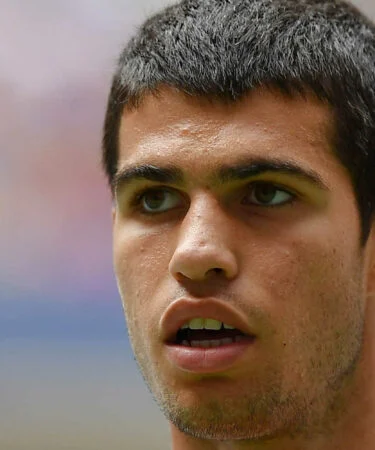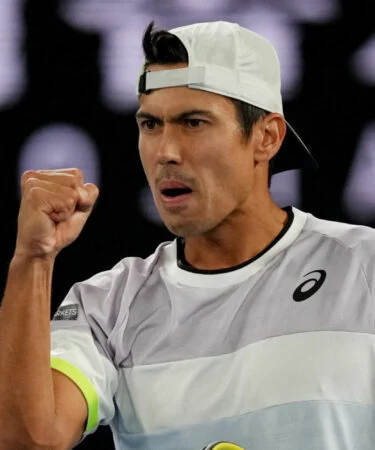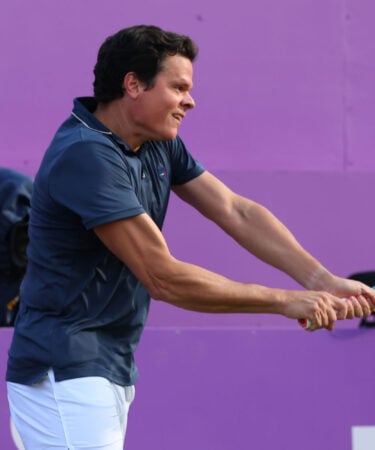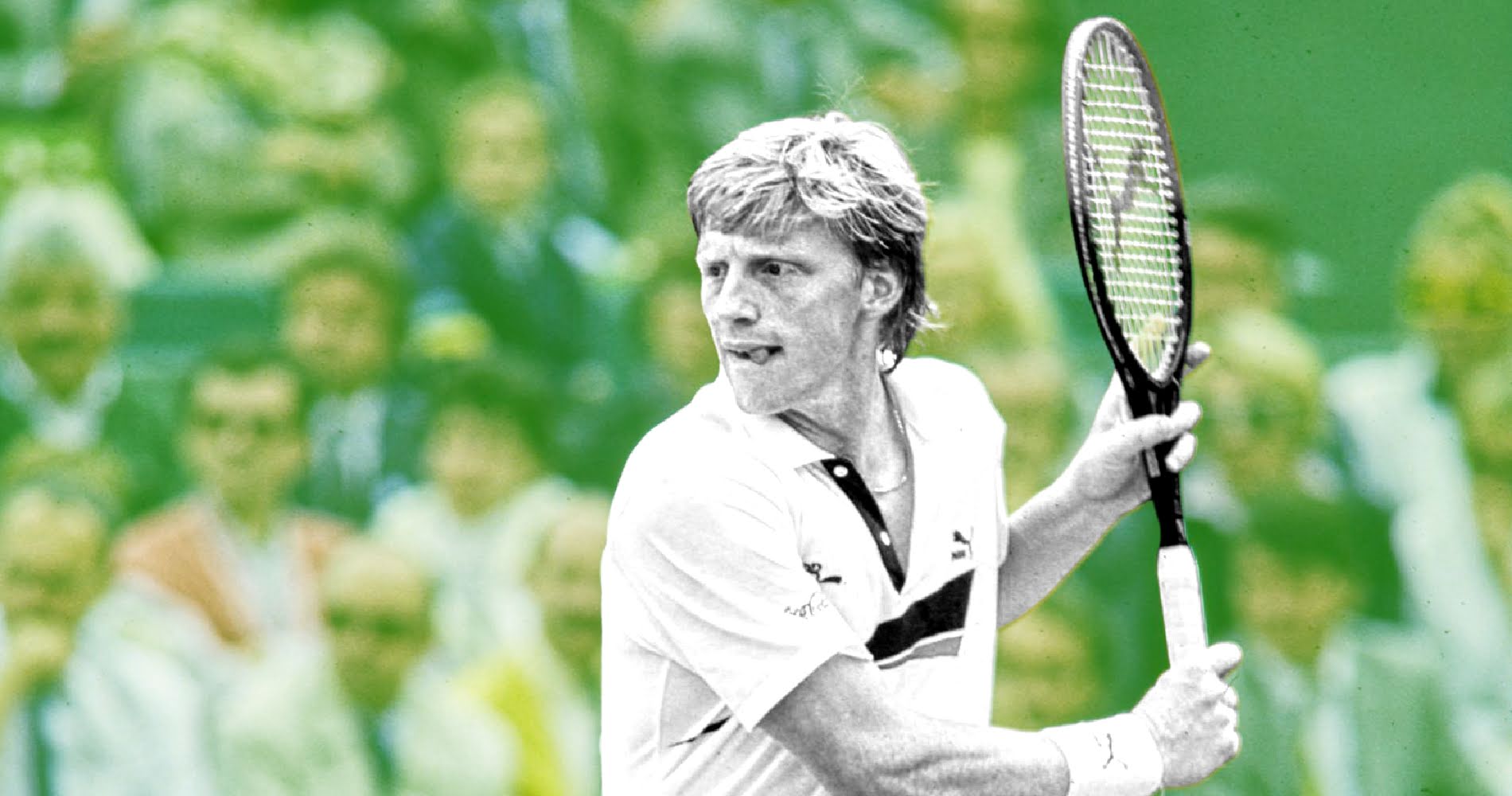Analysis: The stats that show Nadal already playing at top 10 level in Brisbane
The Spaniard’s stats from Brisbane were better than the average for the current top 10, according to Tennis Data Insights and TennisViz
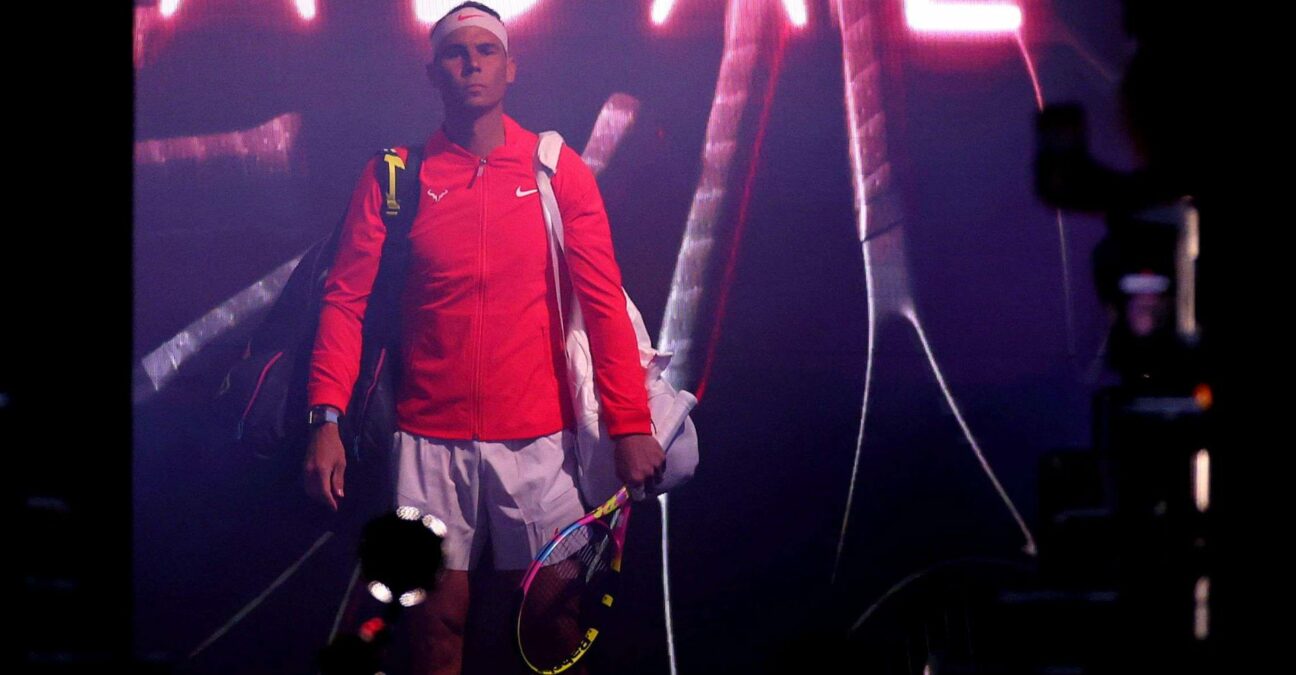 Rafael Nadal, Netflix Slam 2024 © Ella Ling/Shutterstock/SIPA
Rafael Nadal, Netflix Slam 2024 © Ella Ling/Shutterstock/SIPA
The consensus of opinion was that Rafael Nadal looked pretty good when he played Carlos Alcaraz in the “Netflix Slam” on Monday, having not played competitively since returning from a year out through injury at the Brisbane International in January.
Of course, exhibitions are very different to the real competition on the ATP Tour and so we won’t really know how he’s feeling or playing until he gets on court for his first match at the Indian Wells Masters on Thursday night. Nadal plays Milos Raonic in round one.
With his 38th birthday just around the corner, Nadal has already said this is likely to be his last year but everything depends how his body holds up. If he survives Indian Wells unscathed – as his stated aim – then he can start to think about the clay-court season and building towards another crack at Roland-Garros, where he has won 14 times.
Brisbane indicators look good
One thing to take from the exhibition in Las Vegas, though, was how aggressive Nadal was trying to be and while that was an exhibition, with no pressure, it could be an indication of how the Spaniard is going to play as he navigates the final passage of his incredible career.
The best way to analyse how Nadal is playing is to look at his three matches in Brisbane, a tournament in which he impressed, before feeling a twinge in his left hip that made him miss the Australian Open.
Tennis Data Innovations and TennisViz have been crunching the data from his three matches and it seems that Nadal was actually performing as a top-10 player immediately, despite missing a whole year.

In eight “insight” categories, Nadal scored above the Tour average in seven of them, while he was level in one. Better still, he was above average in five of the eight categories, compared to the top 10 players (as of March 5, 2024).
Let’s take baseline points won. The average for the ATP Tour is currently 50 percent. In his wins over Dominic Thiem and Jason Kubler, and his narrow loss to Jordan Thompson, Nadal scored 61 percent, well above the top 10 level of 54 percent.
Nadal cranking up his forehand
Anyone who has ever had the pleasure to watch a Nadal practice session up close will know that he thumps the ball far harder than he does in matches. But that aggression appears to be translating into matches this year, too.
According to Tennis Data Innovations and TennisViz, Nadal spent 27 percent of the time “in attack”, beating the Tour level and top-10 average of 25 percent. Even more impressive, though, is what happens when Nadal attacks. The Spaniard won 80 percent of points when attacking, which is outstanding. The average for the Tour is 66 percent and for the current top 10 it’s 68 percent.
Of course, it’s relatively easy to win the point (for a top pro) when they’re attacking. What happens when they’re defending, and how easily they can turn defence into attack, is perhaps even more telling. The “steal score” shows just that and Nadal was winning 37 percent of the points, compared to 35 percent for the top 10 and 34 percent for the Tour as a whole.
Watching the Nadal-Alcaraz match, former world No 1 Andre Agassi commented on Nadal’s game in depth. One of the things he noted was that when Nadal is not confident, he often drops the ball short on his forehand.
When he is confident, though, Nadal’s forehand is a legendary shot in men’s tennis and the left-hander was on song in Brisbane. His forehand shot quality – which is calculated in real-time by analysing each shot’s speed, spin, depth, width, and the impact it has on the opponent – was 8.7, well above the top 10 average of 8.3 and far above the Tour average of 7.2. To put it into context, Novak Djokovic tops the list at 9.1, while Carlos Alcaraz and Jannik Sinner are only 8.8. And against Thiem, in round one, he peaked at 9.6.
As the table above shows, his backhand quality matched the top 10 average of 7.9; his serve quality matched the Tour average and his return average was well above the Tour average, if just below the top 10 average.
Serve speed also up in Brisbane
The Nadal serve has been the subject of plenty of conjecture over the years and it’s been a shot that Nadal has tinkered with at various times; going for control at times in his career and at others, going for speed, cranking the first serve up to close to 130 miles per hour at his peak.
In Brisbane, the serve speed was a little below the Tour average, at 113 mph, as the table below shows. But his second serve speed was actually higher than both the Tour average and top 10 average, at 98 percent. In Las Vegas, Agassi noted that Nadal’s second serve was hard to hit no matter the speed, because it seems to wobble and contains so much spin.
Most importantly of all, for Nadal, was his first serve percentage. In Brisbane, Nadal found the court with 70 percent of his first serves, well above the Tour average (62 percent) and top 10 average (63 percent). That’s a figure that would stand him in good stead in any tournament.
Returns in were also good, at 72 percent, just below the top 10 average and his mindset is clear if you look at the ratio of topspin returns to slice returns, which was 95/5 in favour of topspin. That’s well above the Tour and top 10 averages.

Forehand into play more often
The greater use of data in recent years has enabled many advances for players and made it easier to see how often they get to hit the shot they want.
Tennis Data Insights and TennisViz show that in Brisbane, Nadal hit his forehand 65 percent of the time in rallies, which is well above the Tour average. He also landed 90 percent of forehands, which again exceeds the averages. This might not be that surprising given that we’re talking about one of the best forehands of all time, but it’s impressive nevertheless.
In Vegas, Agassi said he would love to see Nadal “let fly” on the backhand because he thinks it’s such a great shot, even if Nadal has so much control on the forehand that he doesn’t often need to do it. In Brisbane, though, he not only made 88 percent of backhands, but his average backhand speed was above the Tour and top 10 average, at 68 mph. His forehand, too, was above average.
And just look at the topspin forehand revs per minute. At 3332 he’s more than 600rpm above the average for the current top 10.

Nadal’s forehand placement
It’s not all about power, of course, and Tennis Data Insights and TennisViz illustrate where Nadal was hitting the ball with his forehand, as well as how hard he was hitting it.
In Brisbane, Nadal was making sure he didn’t hit straight down the middle of the court too often, and it paid off, moving his opponents more and inevitably, drawing more errors.

How Nadal recovers from Las Vegas and fares on the slow hard courts in Indian Wells, where the ball goes through the air fast but then checks off the court, will only become clear in the next week or so, but the good news for Nadal is that when he’s fit, his stats look good and he’s more aggressive than ever, which can only bode well as he tries to keep the points short and get the job done with as little pain as possible.








